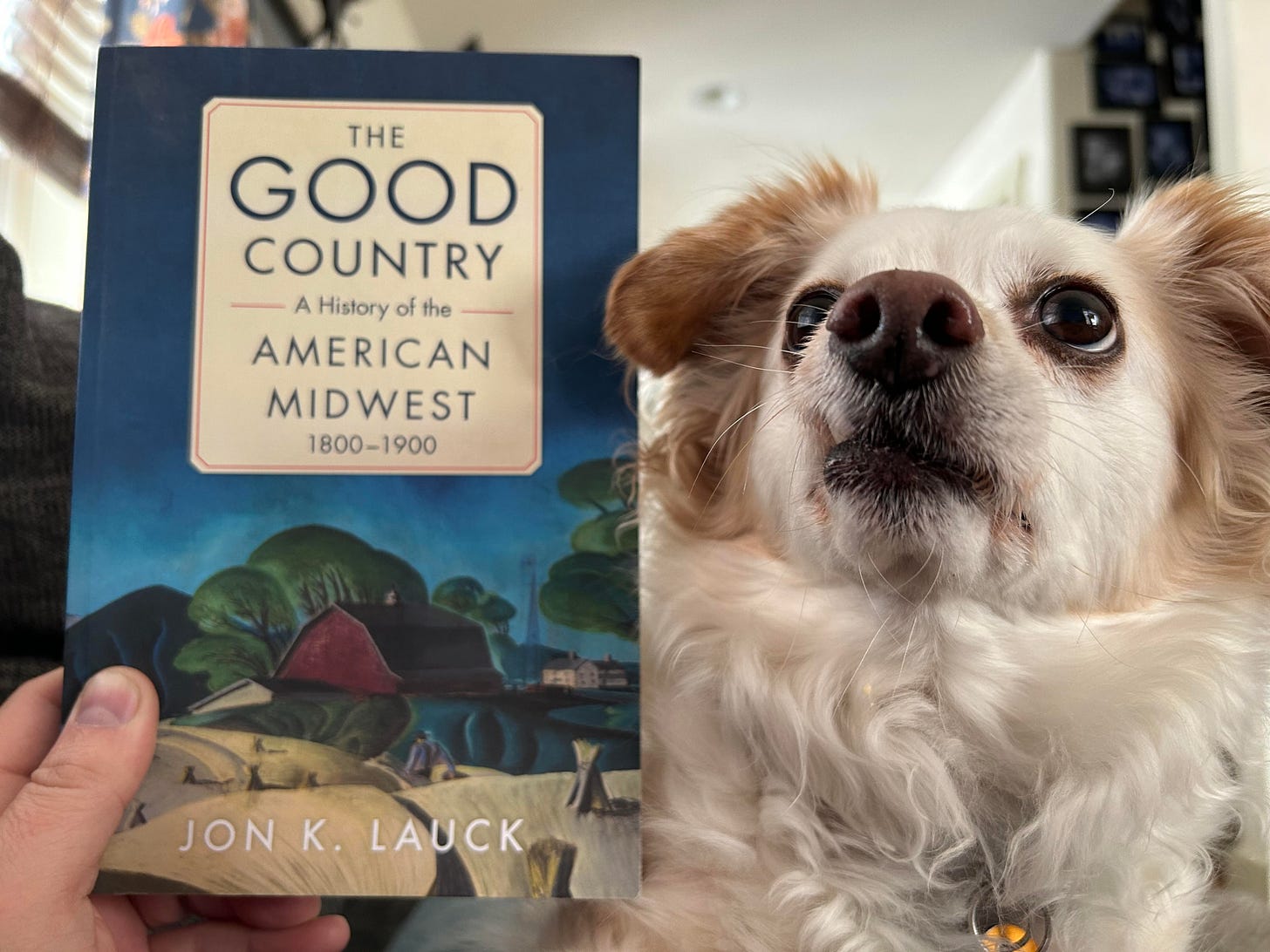Dear Friends,
For those who are new, welcome! You and 29 other new subscribers have joined 342 “regulars” as part of the Second Drafts community. Congrats on becoming part of such a stellar group!
In case you weren’t aware of its history, Second Drafts started as a randomly published blog almost two decades ago before becoming a weekly current events/opinion newsletter for 18 months beginning January 2020. After a four-month hiatus this fall, it’s evolving again—this time as a monthly update for those interested in our upcoming move from Montana to Illinois. Thankfully, as evidenced by the 30 new subscribers (as well as multiple email responses to the news), more than a few folks seem interested:
“I just read your post about returning to Illinois to partner with Stephen Lawrence. I can’t tell you how much joy that announcement gave me. When I was pastoring Foreston Grove up in Ogle County, I had the pleasure of serving on PNI’s MNA Committee which called Stephen to plant Exodus Church in Springfield. In God’s glorious providence, seeing the Dunhams and the Lawrences unite in this work gives me great joy!”
Here was an encouraging email from a friend and fellow church-goer:
“I was not surprised, but I was both sad and excited to read of your next adventure this morning. Thank you for your example of trust, humility, faith, and obedience. There is so much Providence in your story. I’m really thankful for the opportunity to be around you and Megan these past few years.”
And this email sums up the sentiment of many other messages and comments we’ve received:
“Just read your Second Drafts. I’m excited and happy for what sounds like a delightful and well-suited adventure for this next chapter of your life. I sometimes think about what it would be like to start something new at my age; it simultaneously excites me and terrifies me. So, for the time being, I will live vicariously through you.”
Megan and I are grateful for everyone’s encouragement and enthusiasm for what’s ahead, and we hope to not let you down in terms of letting you in on the process as we go. We’re grateful to have you along and are always glad to hear from you, so feel free to drop us a line.
Thanks for reading Second Drafts,
Craig (for Megan)
Growls & Unsurety
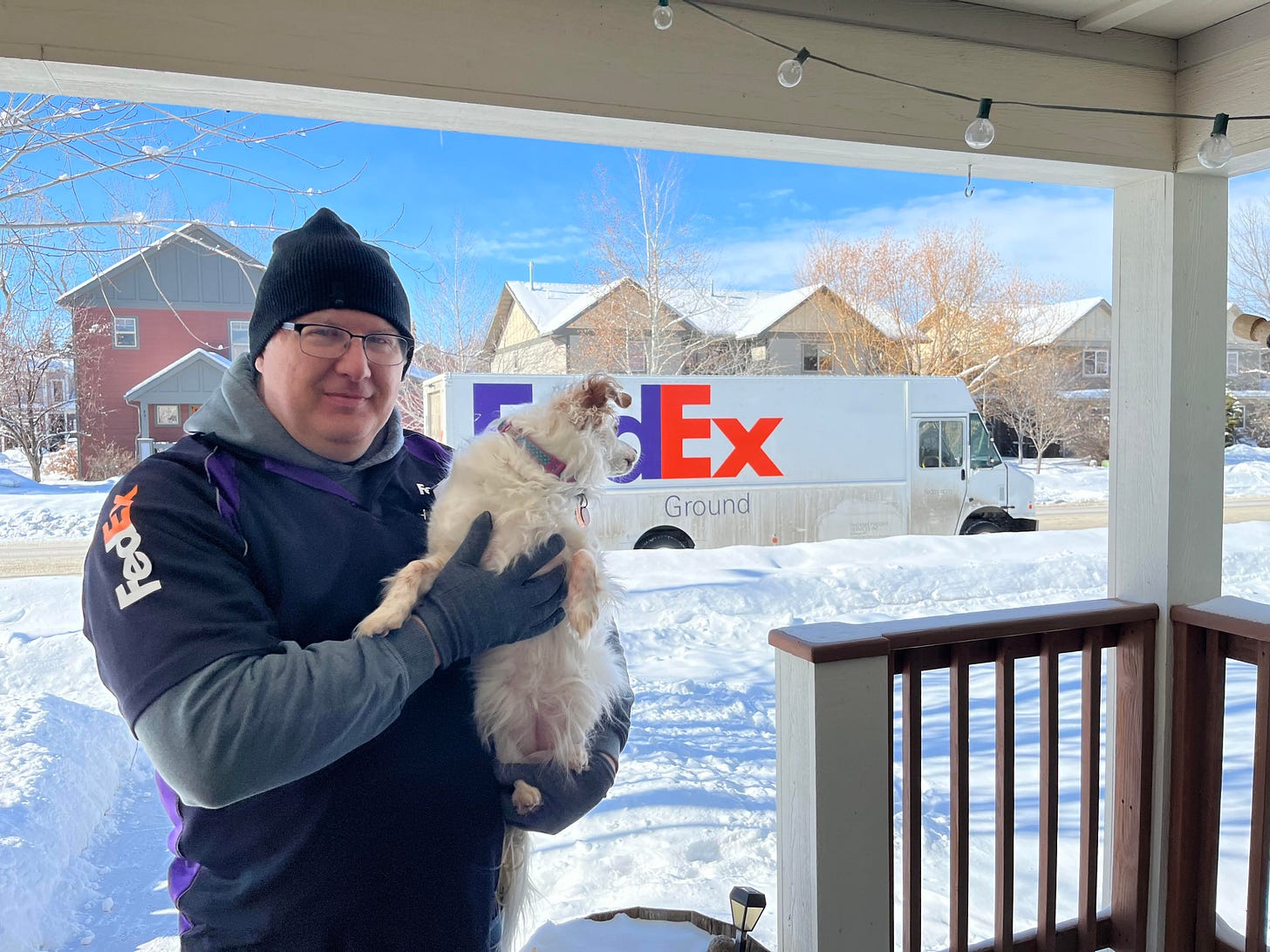
Behold one confused dog.
Peaches wasn’t sure what to make of this scenario in which her arch nemesis—a delivery truck—was parked in front of our house. She knew she was safe because I was holding her, but she couldn’t take her eyes off the truck despite the fact that I—in my FedEx delivery uniform—was the one who had parked it there.
While she didn’t bark, she did growl; dogs often do that when they’re unsure of things. We do, too, but God deals with our growls and unsurety even as He never lets us go.
I’m grateful for this truth and reality:
“Because he holds fast to me in love, I will deliver him; I will protect him, because he knows my name. When he calls to me, I will answer him; I will be with him in trouble; I will rescue him and honor him. With long life I will satisfy him and show him my salvation.” Psalm 91:14-16
Making Ends Meet and Hebrew Make Sense
I’m five weeks into juggling my roles as a full-time FedEx delivery driver, part-time (5-10 hours/week) Montana Instruments free lancer, and rest-of-the-time (about 10 hours across weekends) Hebrew student.
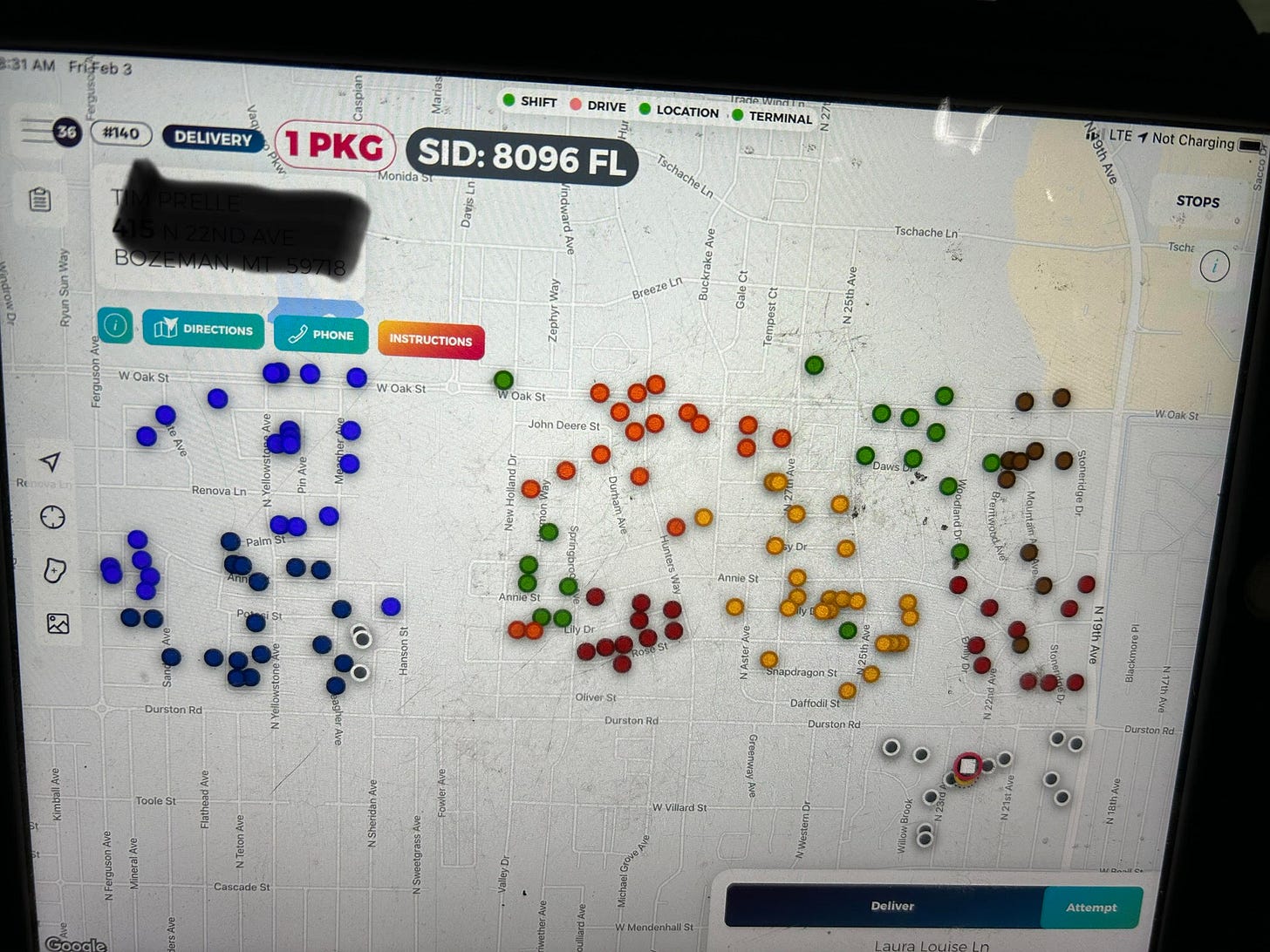
Despite enjoying the variety, my now 52-year-old body has had to adjust to the physical demands of the FedEx role, which calls for making between 150-180 delivery stops per day. The good news is I’m starting to see real improvement in my delivery rate (almost 20 stops per hour this week, which exceeds expectations; in fact, while writing this, I got a text from my manager saying he’s bumping my pay already because of my numbers!), and I’m hoping this will shorten my weekly FedEx hours and open up some more MI time each week to help prepare for the APS meeting in March.
Now that I’m past the majority of the soreness in my knees and calves (there were days during the second and third weeks when I could barely walk), the delivery job is much more enjoyable. Drivers are due at the terminal (a 20-minute drive from our house) by 8:15 a.m., where and when we check manifests, review routes, and sort/organize our already-loaded trucks. Depending on the day’s load and how well the loaders did, I usually hit the road by 8:45 a.m. to deliver packages to businesses and residences in my area. For you locals, I run routes that cover west from 19th Street to Ferguson and Oak north to Durston (sometimes Babcock).
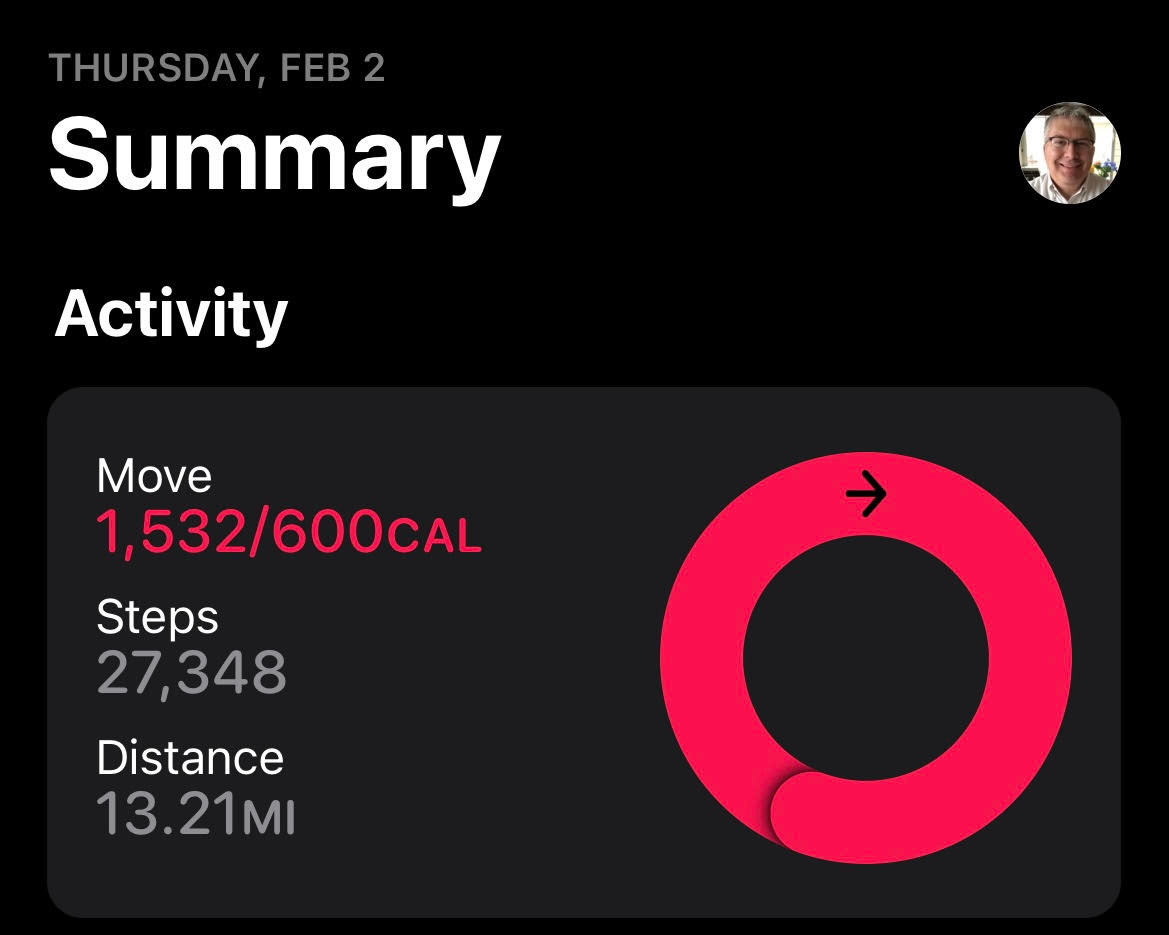
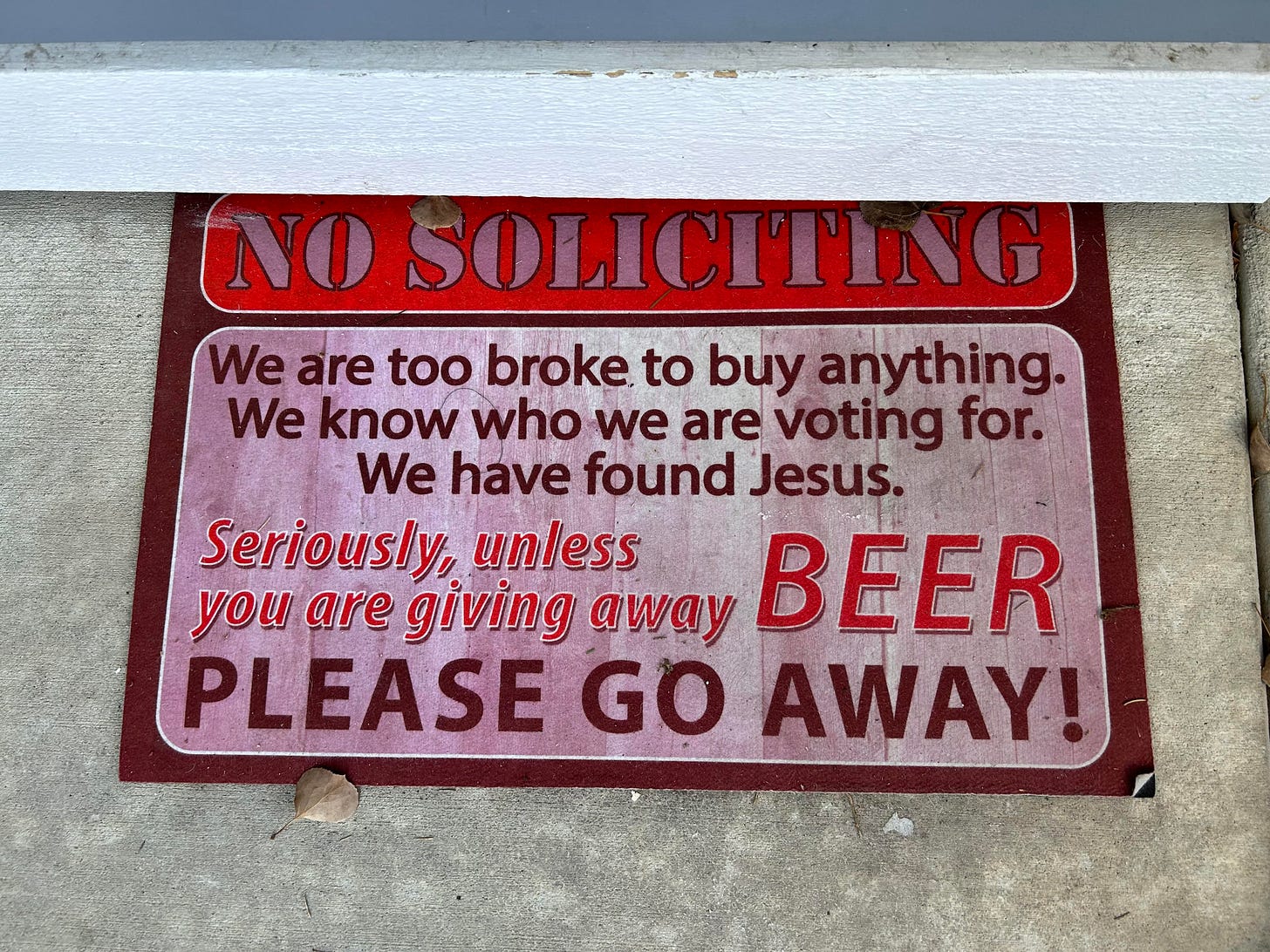
A few observations:
A lot of operating the truck, the mapping software, the scanner, and delivering the packages boils down to muscle memory. It’s not a mentally difficult job, but it’s amazing how fast things can go south if you lose focus, especially among very tight and crowded streets (I’m looking at you, Stoneridge and Pipestone).
Though not mentally difficult, I’ve been surprised at the amount of on-the-fly intuition, problem-solving, and decision-making required for ever-changing scenarios (tech glitches, traffic patterns, parking availability, weather, business and residential delivery expectations, etc.). Every day is different.
Though some neighborhood roads are absolutely caked with as much as five inches of solid ice, I consider it a small miracle that I have only fallen twice in five weeks (strangely, both times this past Tuesday).
Fishtailing on fresh snow in a 30-foot-long beer can on wheels is fun (or so I’m told…ahem); getting stuck in the snow, however, well, not so much. Funny story: on Monday morning this week, I got my right rear tire stuck in a snow drift in a four-apartment parking lot. Thankfully, the apartments happened to be located next to a construction site, so I meandered over and asked if somebody might be able to bring a skid steer and a rope and pull me out, which they did. Wanting to show my appreciation (and because Megan was home that day on Winter Break), I called her and asked if she would bake some of her famous chocolate cookies so I could take a plate back to the guys after lunch. She did and I delivered them, which was fortunate, because on Tuesday morning, I got the other rear tire stuck in a different snow drift in the same four-apartment parking lot. When I walked over to the same construction site to again ask for help, I got as many smiles as smirks, as they appreciated the cookies and didn’t mind lending a(nother) hand.
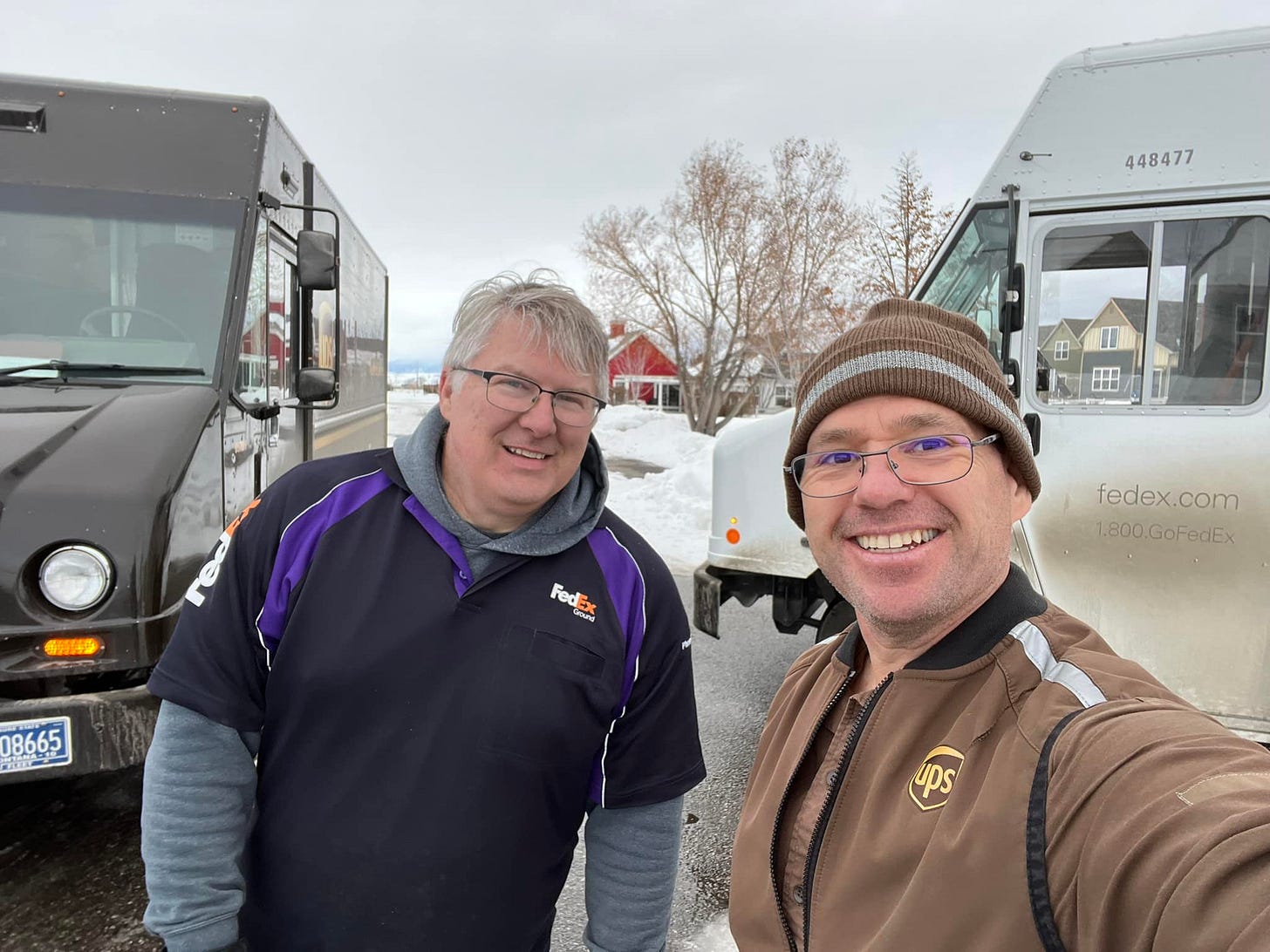
In terms of Hebrew, I’m now halfway through this second of three courses, which means I’m halfway through the whole Hebrew effort so as to be able to write my exegetical paper and meet the language requirements for pastoral ordination. For those who have asked (and many have), the point of my studying the biblical languages of Greek and Hebrew is not because I have aspirations to become a scholar in either, but so I can better understand the technical scholars who have given their lives to studying the Bible’s original languages. If anything, studying Hebrew (as did studying Greek) makes me thankful for the excellent and trustworthy translations of the Scriptures we have as a result of the gifted scholarship of those who came before.
Peaches’ Picks: The Good Country
As we prepare to move back to the Midwest, Peaches and I have been reading a new and outstanding history of it called The Good Country: A History of the American Midwest (1800-1900) by Jon K. Lauck. Lauck is the past president of the Midwestern History Association, teaches history and political science at the University of South Dakota, and is Editor-in-Chief of Middle West Review.
While only about a third of the way through, what is striking about Lauck’s look into what he calls “the long nineteenth century…from roughly the era after the American Revolution until the era before World War I,” is how different it is from the twenty-first century stereotypes of so-called “fly-over country.” He writes in the introduction:
“Given the prevailing atmosphere of disdain and indifference, readers may be surprised at what a new look at midwestern history reveals. Once the cobwebs are cleared off old journals, long-forgotten records consulted, and the veil of stereotypes pierced, a remarkable world is discovered. In contrast to prevailing clichés and the modern platitudes about backwardness, sterility, racial injustice, and oppression, and in-depth look at the history of the American Midwest reveals a land of democratic vigor, cultural strength, racial and gender progress, and civic energy—a Good Country, a place lost to the mists of time by chronic neglect but one well worth recovering for the sake of both the accuracy of our history and our own well-being. The Midwest of the long nineteenth century, to state it boldly, constituted the most advanced democratic society that the world had seen to date, but its achievements are rarely highlighted in history texts and indeed seldom mentioned.” (p. 3)
One of the angles I especially appreciate Lauck not shying away from is the influence of Christianity in shaping the Midwest. While Lauck tends to speak mainly in terms of “morality” as both the desired cause and effect of the nineteenth century’s religious energies, it’s obvious that God tended to be neither denigrated nor dismissed by most living in the middle of the country back in the day:
“The active public sphere, robust civic life, newspaper culture, and participatory politics of the Midwest led to an active reform movement. In the early decades, this took the form of basic infrastructure improvements as roads, canals, and railroads (which was unlike the South). It also included active Christians seeking reforms designed to promote morality and was largely driven by the representatives of the rural Protestant culture that predominated in the Midwest. These reforms included temperance, promoting education, ending slavery, educating women, and healthy living.” (p. 48)
In the third chapter, “A Common Democratic Culture,” Lauck holds nothing back as to Christianity’s impact on and through the Midwest’s early colleges, both land grant and denominational, not to mention a healthy classical education. He writes:
“Whatever the precise mix of emphases on campus, midwestern colleges represented many of the forces that drove midwestern culture. Early midwestern colleges were founded by Christians who sought to promote moral codes of behavior that would sustain midwestern republicanism. All told, a common culture emerged that was defined by Christianity, agrarianism, pragmatism, a republicanism infused with attention to the classics, and a commitment to civics, lecture circuits, book learning, literacy, and schools that taught the great figures of American literature. All of this was increasingly done in a way that was regionally specific, as the rise of midwestern land grant colleges demonstrated, and served to forge a particular midwestern identity. By the end of the nineteenth century, this common culture of the Midwest had become widely accepted and deeply rooted.” (p. 74-75)
While Lauck makes no allusions to an overly-idealized Midwest (“African Americans, for example, faced varying levels of exclusion and discrimination. So too did women, although they often were guardians of this culture and sought reforms, such as suffrage, within its parameters.” p. 75), his well-documented research and excellent writing about his findings speaks for itself in preserving a much more inspiring account of the Midwest that aligns with many early memories of my grandparents.
This is not to say that my goal in returning to the Midwest is to resurrect aspects of what seems a more noble time and place. There are no such things as “good old days”; just the God of all of them, and Lauck’s book reassures me that God has always been at work in the land of my ancestors. This moves me to pray (currently from the driver’s seat of a FedEx truck) for once-planted seeds (even centuries ago) to be cultivated and watered along with new ones to bear fruit for God’s Kingdom.
I’m looking forward to reading more of The Good Country.
In the Meantime
So, that’s been life for the past five weeks. Megan and I continue to adjust to being empty-nesters (by God’s grace, the girls are all doing well and are settled…for now) and still very much enjoy each others’ company in the evenings and on the weekends. She has had two preliminary interviews with schools in Springfield; both have gone smoothly and both schools have communicated their potential interest in hiring her once they identify their teaching needs for next year. In the meantime, we continue to track the housing market there as we think about a place to live this summer, as well as keep in distant contact with the church and presbytery there in Illinois.
Until then, we’ve got a wedding coming up next month as Chloe will tie the knot with Brian Crase (read her recent ministry update from Roanoke here), and we’ll have everyone back in town for that big event.
Last weekend, Megan and I made a quick 30-hour trip to Sandpoint, ID, to have dinner with Brian’s parents, Charles and Holly, and we’re looking forward to seeing them again here in Bozeman in March. We also have a few family members making the trip out next month, so we’re in the midst of planning/prepping for that.
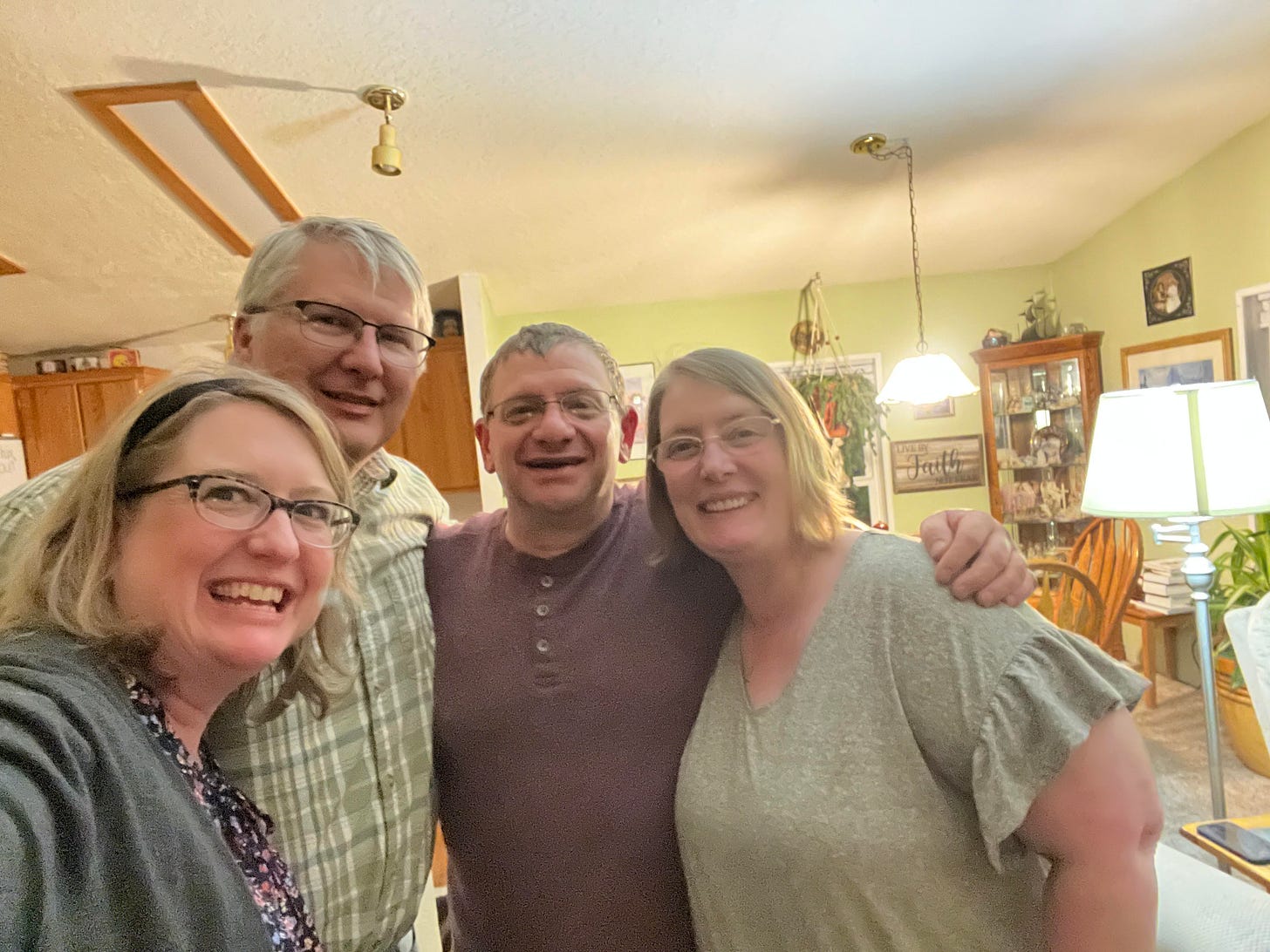
Thanks again for your interest in what we’re thinking, doing, and praying about these days. Please let us know if there’s anything we can pray for on your behalf (so long as you don’t mind it being brought before God from the seat of a Bozeman FedEx truck).
Until next time.


